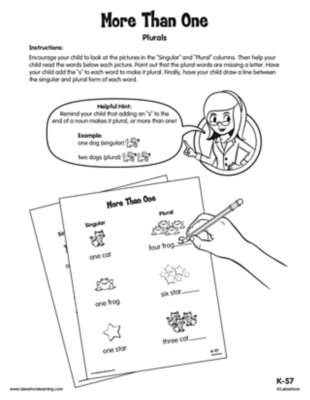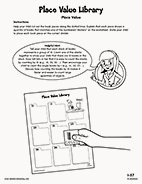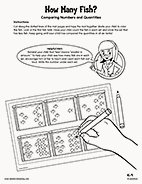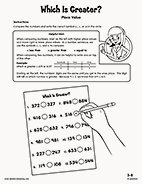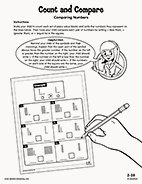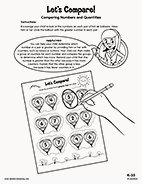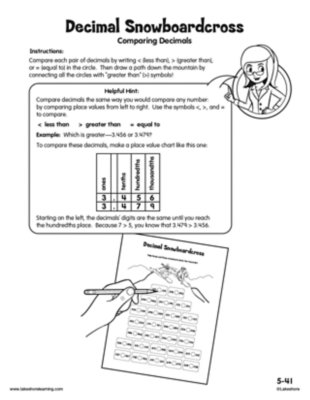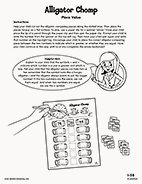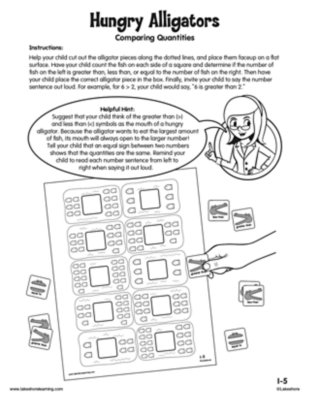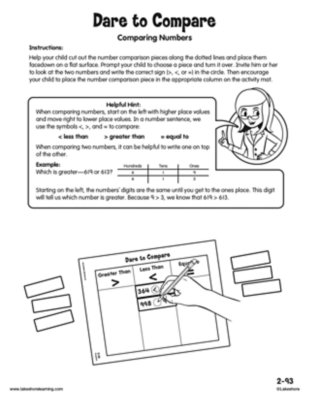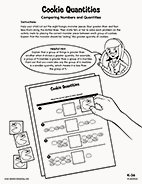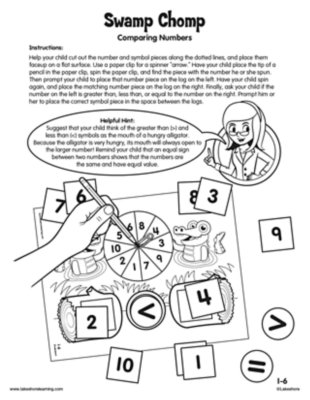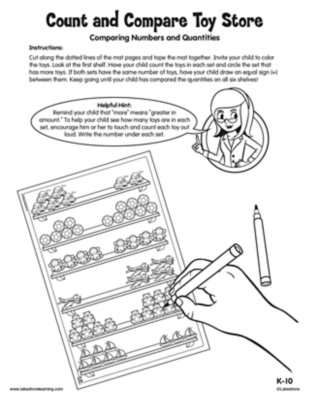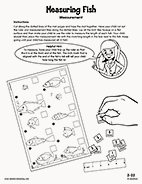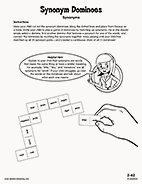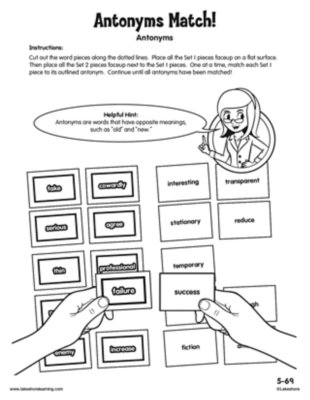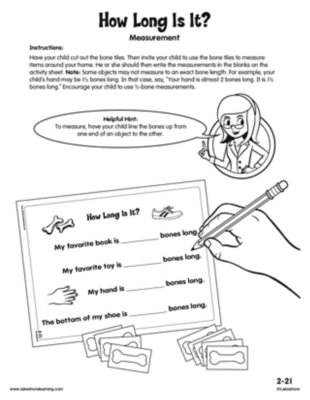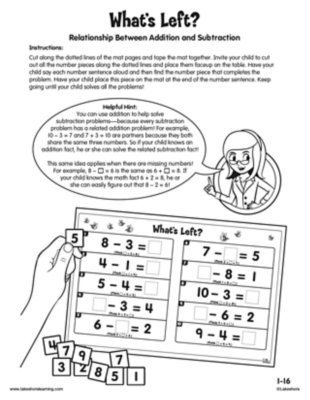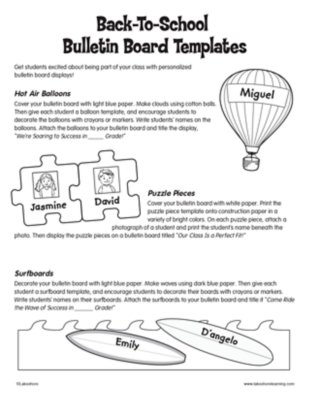
During fifth grade, your child will learn to compare decimals to the thousandths place using the greater than (>), less than (<) and equal to (=) symbols, such as 0.392 > 0.329.
View worksheetDuring kindergarten, your child will learn to form regular plural nouns when speaking by adding -s or -es. For example, “dog/dogs” and “wish/wishes.”
View worksheetDuring first grade, your child will learn to compare two-digit numbers using greater than (>), less than (<) or equal to (=) symbols, such as 22 > 12. Your child will also learn that 10 can be thought of as a group of 10 ones—called a “ten.”
View worksheetWhen entering kindergarten, your child should be able to count groups of up to 10 objects and determine if one group of objects is more than, less than or equal to the other.
View worksheetWhen entering third grade, your child should understand that the three digits in a three-digit number represent hundreds, tens and ones. Your child should also be able to write three-digit numbers in expanded form, such as writing 726 as 700 + 20 + 6. Your child should also be able to compare two 3-digit numbers using the greater than (>), less than (<) and equal to (=) symbols.
View worksheetWhen entering second grade, your child should be able to determine if a two-digit number is greater than, less than or equal to another two-digit number and use the >, < and = symbols to show the answer.
View worksheetDuring kindergarten, your child will learn to compare two numbers, determining if one is greater than, less than or equal to the other.
View worksheetDuring second grade, your child will learn to determine if a three-digit number is greater than, less than or equal to another three-digit number and use the >, < and = symbols to show the answer.
View worksheetDuring fifth grade, your child will learn to compare decimals to the thousandths place using the greater than (>), less than (<) and equal to (=) symbols, such as 0.392 > 0.329.
View worksheetDuring first grade, your child will learn to compare two-digit numbers using greater than (>), less than (<) or equal to (=) symbols, such as 22 > 12. Your child will also learn that 10 can be thought of as a group of 10 ones—called a “ten.”
View worksheetWhen entering first grade, your child should be able to determine if a number or group of objects is greater than, less than or equal to another.
View worksheetDuring second grade, your child will learn to determine if a three-digit number is greater than, less than or equal to another three-digit number and use the >, < and = symbols to show the answer.
View worksheetDuring kindergarten, your child will learn to compare two numbers, determining if one is greater than, less than or equal to the other.
View worksheetWhen entering second grade, your child should be able to determine if a two-digit number is greater than, less than or equal to another two-digit number and use the >, < and = symbols to show the answer.
View worksheetWhen entering first grade, your child should be able to determine if a number or group of objects is greater than, less than or equal to another.
View worksheetWhen entering third grade, your child should understand that the three digits in a three-digit number represent hundreds, tens and ones. Your child should also be able to write three-digit numbers in expanded form, such as writing 726 as 700 + 20 + 6. Your child should also be able to compare two 3-digit numbers using the greater than (>), less than (<) and equal to (=) symbols.
View worksheetWhen entering kindergarten, your child should be able to count groups of up to 10 objects and determine if one group of objects is more than, less than or equal to the other.
View worksheetDuring fifth grade, your child will learn to use the relationship between synonyms (words with similar meanings) and antonyms (opposites) to better understand each of the words.
View worksheetWhen entering second grade, your child should be able to measure an object’s length by lining up multiple units of a shorter object end to end and naming how many units long the object is. For example, using paper clips to measure the length of a table.
View worksheetWhen entering second grade, your child should be able to identify words with similar meanings and distinguish subtle differences between them. For example, “large” and “gigantic” are synonyms, but “gigantic” has a stronger meaning than “large.”
View worksheetDuring fifth grade, your child will learn to use the relationship between synonyms (words with similar meanings) and antonyms (opposites) to better understand each of the words.
View worksheetWhen entering first grade, your child should be able to use objects or drawings to answer “How many more make 10?” when given a number. Your child should also be able to use objects or drawings to break apart any number up to 10 in more than one way, such as breaking up the number 7 into 5 and 2, as well as 3 and 4.
View worksheetWhen entering second grade, your child should be able to measure an object’s length by lining up multiple units of a shorter object end to end and naming how many units long the object is. For example, using paper clips to measure the length of a table.
View worksheetWhen entering second grade, your child should be able to identify words with similar meanings and distinguish subtle differences between them. For example, “large” and “gigantic” are synonyms, but “gigantic” has a stronger meaning than “large.”
View worksheetWhen entering first grade, your child should be able to use objects or drawings to answer “How many more make 10?” when given a number. Your child should also be able to use objects or drawings to break apart any number up to 10 in more than one way, such as breaking up the number 7 into 5 and 2, as well as 3 and 4.
View worksheet

